- Carry a good bean bag, Even with a small lens your wrists can get tired pretty soon and tripods are not very useful inside a vehicle.
- Do not overlook taking wide angle shots – carry a good wide lens – a 10-20mm Sigma is a nice starter lens.
- A 400mm lens is mostly reach enough, you will not miss much if you do not have a longer lens – but do carry your big guns if you can.
- Do not ignore the birds there are plenty of them in Manyara, Serengeti as well as Ngorongoro.
- Use the biggest vehicle you can find and afford and do not fill it – have one photographer per row of seats.
- Pick up cans of Insect repellent sprays, they will be there in your rooms, wear full sleeves shirts. Avoid wearing blue and black – the Tsetse flies can be very irritating though the Serengeti ones are not disease carrying.
- Learn the Swaheli words for the common animals – the guides and drivers keep up a constant chatter on the radio and won’t share unless you specifically ask.
- Do day long game drives – unlike in India they are allowed in Tanzania and most resorts will give you packed breakfast as well as lunches.
- Rhinos in Ngorongoro are always very far off – get hold of a friendly Ranger who has the authority to go on “Ranger only” tracks and somehow convince him to take you in his vehicle.
- Carry enough storage cards for your camera and also spare batteries – you will certainly shoot more than you anticipated. Do not delete pictures in the field.
And this last one is a general tip for travelers using Kenya Airways – board early. Kenya airways has a monopoly in the sector and treat passengers like shit. You may want to read what we went through while flying back

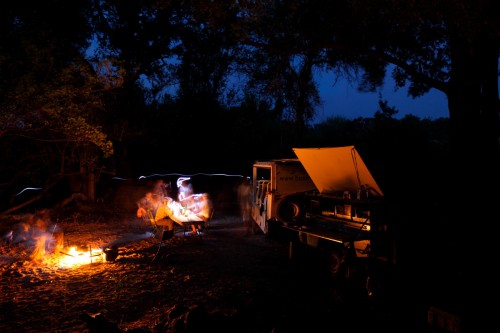

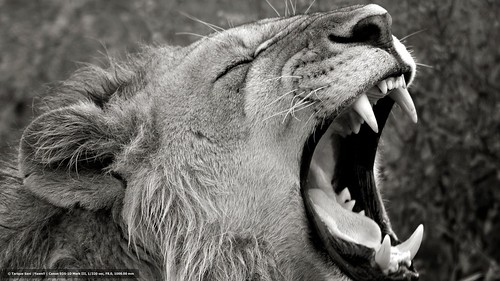

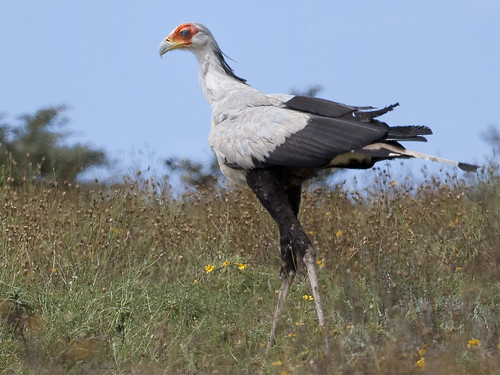
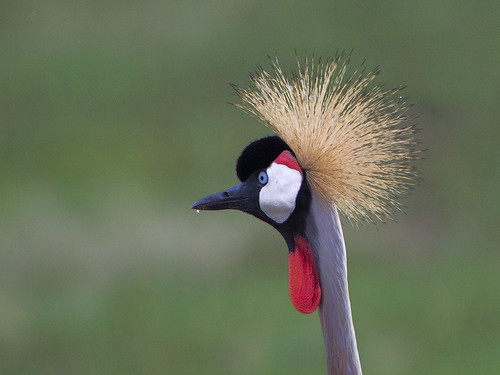
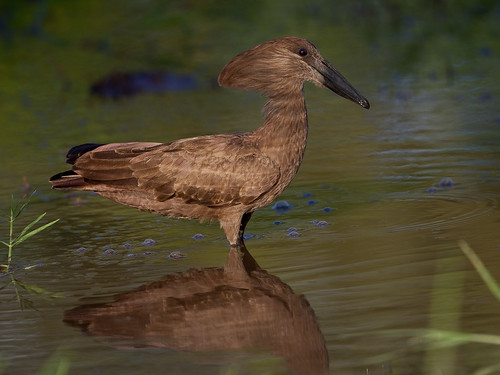
![Dark Blue Tiger (Tirumala septentrionis) Dark Blue Tiger [Explored]](https://farm3.static.flickr.com/2762/4461296349_7465b67828.jpg)